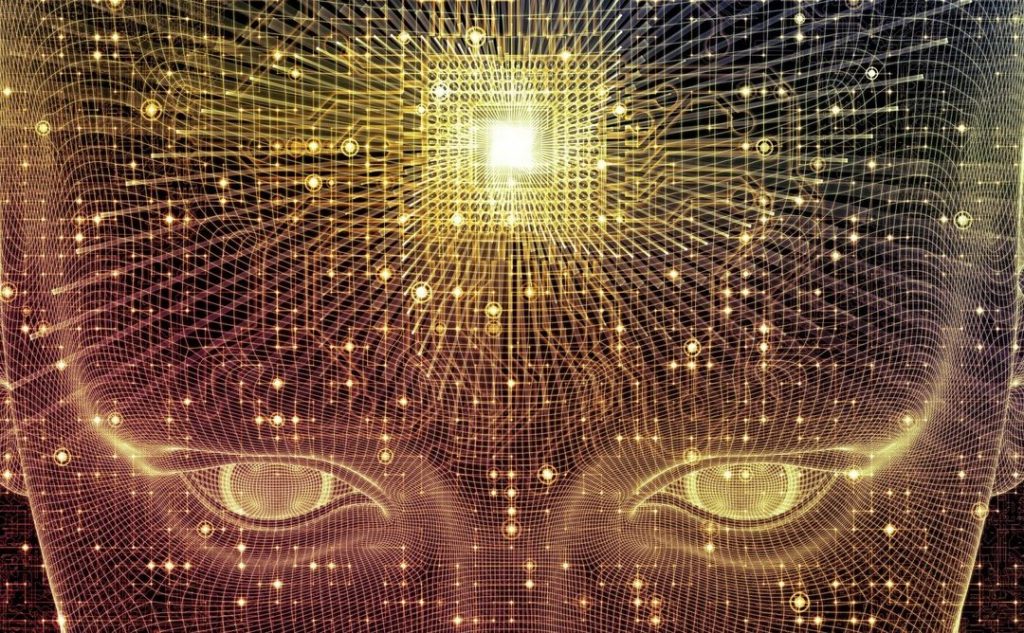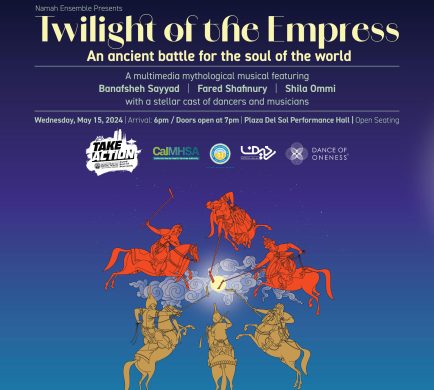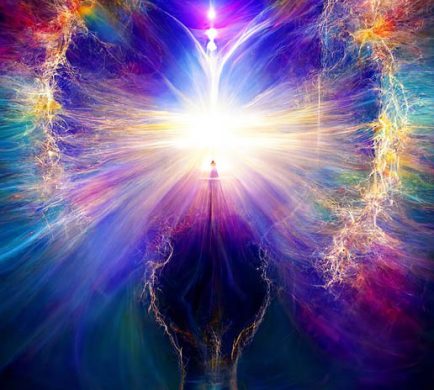by Richard Barrett
The proposition I set out in this book is that there is a unifying cosmological model that draws together science, religion and psycho- logy, and that this model is intimately linked to the concept of consciousness. Furthermore, we can only grow to understand this unifying cosmological model by embracing self-knowledge and recognizing the limits of our three-dimensional perception. The unifying model transcends birth and death, and leads us into an energetic dimension of reality where we are able to encounter our souls.
The main problem we have in relating the belief structures of science, religion and psychology is defining the common ground where they meet. Science deals with the physical world and the material aspect of our lives. Psychology deals with the mind and the mental aspect of our lives; and religion maintains a mysterious balancing act between the material and spiritual world, providing us with a perspective on life that transcends death. Each of these belief systems deals with different aspects of our reality and each has their own vocabulary. In this respect, the following words written by Peter D. Ouspensky in the early part of the last century are as meaningful today as they were then: We fail to understand many things because we
specialize too easily and too drastically, philosophy, religion, psychology, natural sciences, sociology, etc. each has their own special literature. There is nothing embracing the whole in its entirety.
In trying to develop a unifying model, the layperson is confronted with two problems: first, the difficulty of comprehending the meaning of the
specialized terms used in each of the differentdomains; and second, the correlation of meaning between the different domains. In reality, the
layperson is only slightly more handicapped than the specialists since they too have difficulty understanding the vocabulary of other domains.
Pastors find it difficult to understand scientists and psychologists; scientists find it difficult to understand psychologists and pastors; and psychologists find it difficult to understand pastors and scientists. Our knowledge has become more and more differentiated. Clearly, however, all the different areas of modern knowledge must have significant interrelationships. We need to identify and explore these linkages if we are to develop a cosmology that unifies science, religion and psychology. The connecting principle I propose to explore is consciousness.
Science and Consciousness
At the beginning of the last century science was replete with objectivity. Scientists assumed that there was no connection between the experiment and the experimenter, and there was an absolute measure of time. Two scientific theories promulgated in the first part of the century changed these beliefs. The theory of relativity, which explained the movement of the macro world of planets and stars, changed our beliefs about time, and quantum theory, which explained the micro world of the atom, changed our beliefs about objectivity. These theories, which resulted in major technological innovations and verifiable explanations of our universe, made the observer a participator and led us to recognize that time is fluid concept
which is closely related to the situation of the observer.
Up to that point, scientists did not recognize that the observer had any influence on an experiment. It was as if the phenomena being examined and the observer existed in two separate unconnected worlds. The first crack in this shell of objectivity came with the arrival of Einstein’s Theory of
Relativity. He showed that time is relative to the position and movement of an observer. Thus, time could not be considered absolute. Further evidence of the important role of the observer came in the 1930s in the form of quantum theory. To make sense of quantum experiments, the observer has
to choose what he or she wants to measure. One can never make simultaneous measurements of such factors as position and momentum. If you choose to measure the position of a particle, you cannot measure its speed, and if you choose to measure its speed, you cannot measure its position. In other words, the outcome of such experiments is affected by the consciousness of the observer. In The Tao of Physics, Fritjof Kapra comments on these ideas in the following way: Quantum theory has abolished the notion of fundamentally separated objects; it has introduced the concept of the participator to replace that of the observer, and may even find it necessary to include the human consciousness in its description of the world.
Scientists have discovered that matter and energy are equivalent. All matter is a manifestation of energy. Energy can exist either as electrically charged particles or as waves of information. The reality of the particle is three-dimensional: it has specific physical properties. The reality of the
wave of information is four-dimensional: it is an energy field that is unbounded by space and time. Thus, everything in our physical universe is composed of matter, and at the same time is contained within an energy field that is “invisible” to our physical senses. In the wave form one finds information that describes the full potentialities of the material particle. In the physical form one finds only one f those potentialities expressed. All material objects, including our own bodies, have a three-dimensional physical form and four- dimensional energy field. One is in a state of doing—constantly attempting to maintain internal stability and external equilibrium in the physical world. The other is in a state of being—prepared at any moment to express its potentiality.
Paul Davies suggests that the lesson of quantum theory is that matter can only achieve concrete, well-defined existence in conjunction with mind.5 In other words: the material aspect of a “sub- stance” only exists when there is an observing consciousness present. At all other times it remains a wave of potentiality.
The physical manifestation of a potential state of being is influenced by our beliefs, driven by our emotions and formed through our thoughts.
In other words, the outcomes we attract into our lives have their genesis in our beliefs, are birthed into our three-dimensional world through our emotions, and molded into physical form by our thoughts.
We can summarize this discussion of science and consciousness by saying that the content of our consciousness—our beliefs and thoughts, together with the emotional charges that are associated with our beliefs (positive or negative)—is the driver of our reality. Whatever thoughts you allow into your mind conditions your experience of reality. If you allow your mind to be full of fear-based thoughts, then you will feel afraid. If you allow your mind to be full of love-based thoughts, you will feel joy. If you allow your mind to be full of separation-based thoughts, then you will feel lonely. At the quantum level, all these potentialities exist. Your conscious and subconscious choices determine which of these realities you bring into your life, experience and feel.
The problem we have is that we are not aware we are subconsciously making these choices. Not until you develop mindfulness—the ability to step aside and observe your beliefs, thoughts and emotions—are you able to recognize you have a choice, and can consciously choose what you want to experience, not what your subconscious beliefs have chosen for you.
With the practice of mindfulness you can overcome your subconsciously created realities and consciously create the feelings you want to experience. This begs the question: Who is the you that is having the beliefs, thoughts and emotional reactions, and who is the you that is stepping aside and observing the you that is having these experiences? In other words: Who is the one who is experiencing mindfulness? The proposal I am putting forward in this book is the following. The part of you that is “choosing” your beliefs, thoughts and emotional reactions is your ego, and the part of you that is observing these experiences, when you are in a state of mindfulness, is your soul. Learning to become your own self-observer (self- witness) is one of the ways you can connect with your soul.







